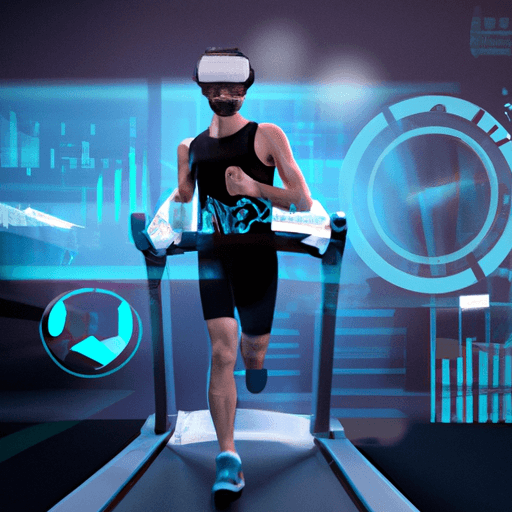The Impact and Role of Virtual Reality in Sports Training and Fitness
Technological advancements are changing the way athletes practice and improve their performance. One of these advancements, Virtual Reality (VR), plays a transformative role in sports training and fitness. It is fast becoming an instrumental tool providing benefits ranging from training enhancement to injury prevention and recovery.
Usage of VR Technology in Sports and Fitness
VR is a simulated experience that can either replicate or significantly defer from the real world. In the sphere of sports, VR technology is used to create a controlled environment where athletes can hone their skills, test new strategies, or practice for specific scenarios without the risks associated with real physical participation.
Benefits of VR in Sports Training
The first major benefit is an enhanced training regimen. VR provides a detailed, immersive simulation where athletes can practice repeatedly without physical strain. This can lead to improved performance, as muscle memory and reflexes are honed in a low-risk environment.
Example in Boxing
In boxing, for instance, VR aids athletes with strategies and response times. Some systems offer punch-tracking analytics, providing valuable data on punch speed, type, and count, thus enhancing performance through strategic learning.
Prevention and Recovery from Injury
Secondly, VR supports injury prevention and recovery. It can simulate the stresses and impacts of a real-world physical task without exposing athletes to injury risks. Similarly, while recovering from an injury, VR helps maintain an athlete’s physical and mental readiness.
Performance Analysis
Additionally, VR systems allow a more thorough and detailed analysis of performance. Coaches can utilize VR to get a full 360-degree view of an athlete’s performance than traditional video analysis cannot provide.
The Future of VR in Sports and Fitness
The potential applications of VR in sports training and fitness are vast. We can expect more comprehensive training regimens and sophisticated injury prevention and recovery strategies as the technology matures. Furthermore, VR might also aid in remote training, where athletes can train from anywhere in the world.
In conclusion, the integration of VR in sports training and fitness marks a significant leap forward. It offers enhanced training techniques, effective injury prevention and recovery mechanisms, and more in-depth performance analysis. As the technology continues to evolve and improve, we can anticipate more innovative applications transforming the world of sports training and fitness for the better.
















Comments
Leave a Comment